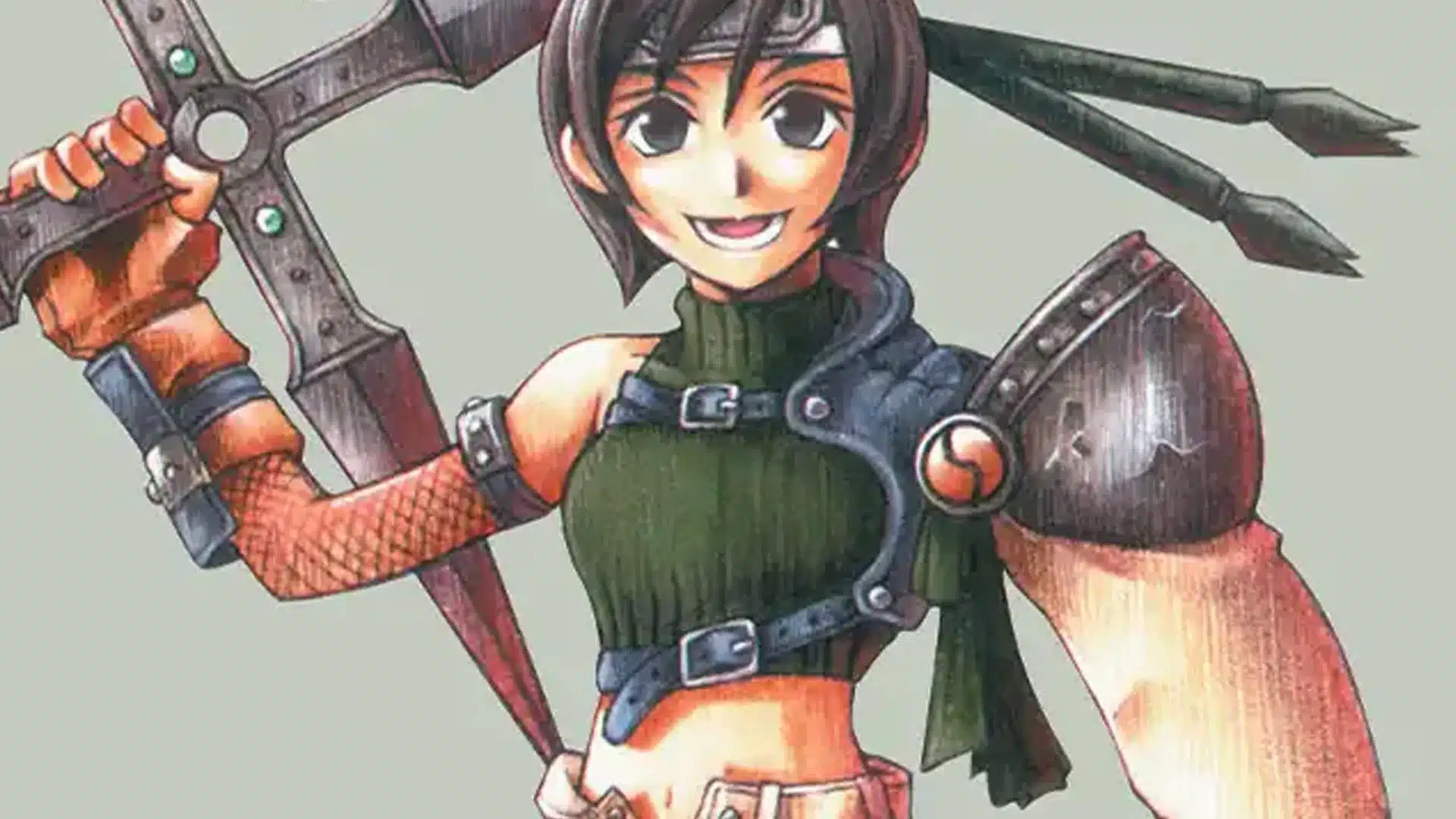The bonus sheet for Final Fantasy MTG, known as Through the Ages, features some of the most iconic Final Fantasy characters as MTG cards. This is the perfect opportunity for anyone looking to add some pizazz to their Commander decks.
Interestingly, while this collection of cards features only reprints, the bonus sheet may have a massive impact on a handful of formats. This is because 19 of the 64 cards are new to MTG Arena. Not all of them are insanely powerful, but a handful of legendary inclusions have Arena players concerned. If you’re tired of playing against super competitive decks in the Brawl queue, you may be in for a bad time.
A Mechanical Mistake

Of the 19 new bonus sheet additions to MTG Arena, 11 of them are legendary creatures. In theory, this could help shake up the Brawl metagame and make things more diverse.
Unfortunately, there’s growing concern that the Brawl queues are going to have more of a cEDH feel moving forward. This is, in part, due to the inclusion of multiple of the strongest Partner Commanders in the bonus sheet.
The cEDH sphere is dominated by Partner Commanders for a few reasons. The biggest advantage by far to playing Partner Commanders is that you get access to four colors worth of cards while still getting to utilize at least one cheap and powerful Commander.
Pairing Tymna with Kraum, Ludevic’s Opus, for example, gives you all the upside of Tymna as a card advantage machine while simultaneously letting you play a four-color strategy. The opportunity cost associated with Partner is extremely low, as you get a lot of flexibility, and the Partner legends offer access to interesting multi-color build-arounds. There’s a reason Mark Rosewater has long claimed that the Partner mechanic was a mistake.
With regards to Tymna specifically, the card is much fairer in a one-versus-one environment like on MTG Arena. Nonetheless, pairing Tymna with another efficient Partner legend like Thrasios, Triton Hero gives you a lot of options on how to play out your early turns. Plus, some of the other Partner options, such as Vial Smasher the Fierce, get even better in a non-multiplayer setting.
Prior to the release of Final Fantasy, the only Partner legend featured on MTG Arena was Ishai, Ojutai Dragonspeaker. Now, players can mix and match up to six Partners to their heart’s content.
Other Incredible Options

Beyond just the Partner mechanic, there are a multitude of other legends featured in the bonus sheet that are known to be extremely powerful and somewhat oppressive Commanders. At the top of that list, we have Yuriko, the Tiger’s Shadow.
Thanks to Commander Ninjutsu, any evasive one-drop sets up a turn two Yuriko attack to generate some value. Even if you then manage to kill Yuriko on your following turn, you still have to contend with any Creature your opponent plays from there on out. Commander Ninjutsu is immune to the traditional Commander tax, which makes the card quite frustrating to play against.
Continuing the theme of insane Commander mechanics, Inalla, Archmage Ritualist is the first card on MTG Arena to feature Eminence. This means Inalla has a big impact even before it’s in play, which isn’t always the most enjoyable from the other side.
Another Commander that suffers from some of the same issues as the Partner Commanders is Najeela, the Blade Blossom. Najeela is an aggressive three-mana card that lets you utilize the full color suite. When combined with Derevi, Empyrial Tactician Najeela can even be used to take infinite combat steps, practically guaranteeing victory.
Urza, Lord High Artificer is yet another elite legend that can be excruciating to play against. There’s a lot less of the busted Artifact support on Arena, but Urza’s ability to let all your trinkets tap for mana makes it trivial to counter your opponent’s upcoming plays and take over the game with ease. Brawl is bound to be a very different environment moving forward.
Other Affected Formats

Moving past the Brawl queue, there are a few cards that could have their place in Historic and Timeless, too. For Historic, Wall of Omens and Cryptic Command could serve as intriguing improvements to Azorius control.
For green decks, Carpet of Flowers is an absurd sideboard card. Versus blue decks, Carpet threatens to tap for tons mana. Given the popularity of blue control and green Devotion shells in Historic, Carpet will almost certainly have its place. Carpet may help the various ramp decks of Timeless that have struggled to keep up with combo decks as well.
Nature’s Claim is an excellent green sideboard card in its own right that should make an impact in both formats. It’s possible Urza’s presence helps Affinity pop up more, which would only increase Nature’s Claim’s stock.
Potential Bans?

One thing to note is that if problems due ensue within the Brawl metagame, it wouldn’t be surprising to see a multitude of bans take place. Urza and Yuriko are both on the Commander Game Changers list, and Urza, Yuriko, Najeela, and Vial Smasher are all already banned in Duel Commander.
Thankfully, while these cards could theoretically be banned, MTG Arena does have an in-built matchmaking system that keeps Brawl balanced. The above Commanders are bound to be in MTG Arena’s “hell queue,” so the majority of players won’t have to deal with them. Even with that in mind, however, Wizards is bound to be keeping an close eye on these cards, just in case.
As for Historic, we’ve seen preemptive bans take place on Arena before with cards like Grief. Frankly, outside of possibly Carpet of Flowers, none of these cards feel game-warping enough to warrant a ban right out of the gates.
Stick with us here at mtgrocks.com: the best site for Magic: The Gathering coverage!
